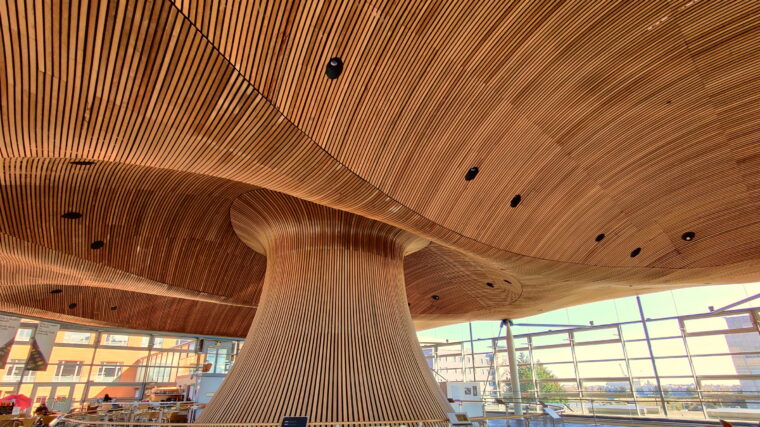There was very little attention given to the 35 per cent funding increase for the UK’s nine Catapults in the last Autumn Statement. Buried deep within the associated budget documentation the government noted that
The government is now confirming that funding for the UK’s 9 Catapults will increase by 35 per cent compared to the last five-year funding cycle. This £1.6 billion investment will allow Catapults to continue supporting innovation and de-risking the transition from research to commercial delivery by providing access to world-leading facilities, expertise, skills, and equipment; accelerating innovation clusters and stimulating additional private sector investment in R&D across the UK, including for the Compound Semiconductor Catapult in Wales, the Digital Catapult centre in Northern Ireland and the Offshore Renewable Energy Catapult centre in Scotland.
It is the case that funding for research and development has been increasing throughout this Parliament but it is curious to consider why Catapults received so much additional funding and why now.
Just what is a Catapult?
Let’s start at the top. The genesis of the Catapult Network, as with much of the current innovation landscape, sits with then Secretary of State for Business, Innovation, and Skills, Peter Mandelson. Dr Hermann Hauser’s report, commissioned by Mandelson, The Current and Future Roles of Technology and Innovation Centres in the UK, laid the intellectual groundwork for the Catapult Network. Although written over a decade ago the issues set out are all too familiar to those working in research and innovation.
In his report Dr Hauser set out the need for “translation infrastructure”, that is bodies that can move research from ideas to development and application. Hauser proposed a set of elite technology innovation centres which would focus on delivering the UK a competitive advantage through innovation and technology. These would be dubbed “Clerk Maxwell Centres” in honour of the Scottish physicist. The name did not stick but the idea did.
The central idea was that these innovation centres would be funded to focus on specific areas of research strength on longer time-horizons than the usual three-year spending review cycles. Today, the Catapult Network exists as a cluster of organisations established by Innovate UK. They work to transform research into products and services across a range of fields. They are independent, not for profit, and exist to support collaboration between researchers, the public sector, and private sector. Catapults were first established in 2011 and today there are nine in total located across the UK. These range from cell and gene therapy, to connected places, to satellite applications. The Catapults map on to the UK’s scientific strengths within specific geographies.
A House of Lords report into Catapults quotes former Chief Executive of Innovate UK, Dr Ian Campbell, on the different forms of Catapult. He places them into three categories: system Catapults which are people intensive and drive innovation. Asset-intensive Catapults which work with business on accessing innovation and insights. And then a cluster of in between Catapults that work on bringing research to market. Put simply, they are specialist institutes devoted to specific technologies with a shared mission of translating research into practical application.
Why now?
It feels like the Catapult Network is often excluded from the wider research policy debate. They sit awkwardly between universities and businesses but nevertheless have a mission that is central to the whole UK economy. Even a cursory glance at the Catapult website shows the enormous variety of work which is going on to support and promote UK businesses. The question is perhaps not why they have received additional support but given their alignment with the UK’s missions around 2.4 per cent, being a global research power, and the wider R&D Roadmap, why it has taken so long.
One reason could be that the results of the independent review of research, development, and innovation (the Nurse Review) is on the horizon. The most recent update makes clear that Catapults have been involved in the process of developing the forthcoming recommendations. It would be unusual, but not unthinkable, if on the one hand the government increases funding to Catapults in the Autumn Statement and then the review the government commissioned does not put them to the forefront of research policy thinking.
Another is that Catapults are well aligned with the government’s current research policy thinking. A significant part of government policy thinking, and the funding that follows it, holds that the frontiers of innovation activity are being pushed by the business community. In addition, to capture the increased public research funding the government is keen to grow the capacity for businesses to engage in research. Clearly, Catapults are going to be part of that work.
What next?
The Nurse Review is due to report imminently (or so has been mentioned on a number of occasions). Catapults look like they are going to play a larger role in the research landscape to come. The policy direction to watch is how the government brings together research excellence in universities, translation, and supporting business research engagement, without spreading funding and attention too thinly.












